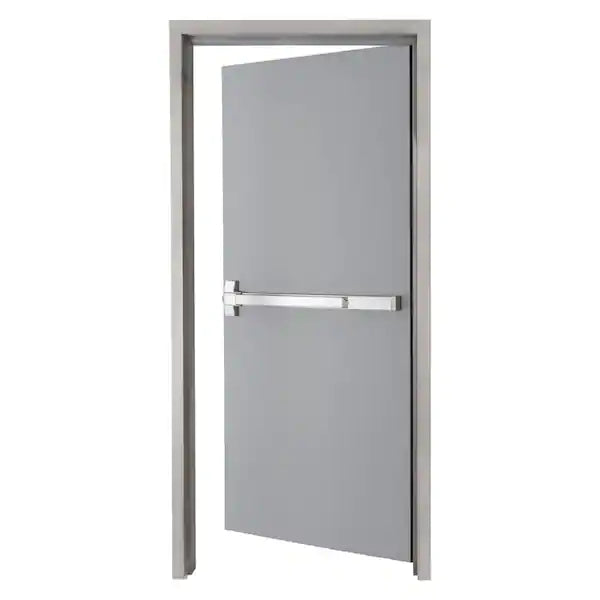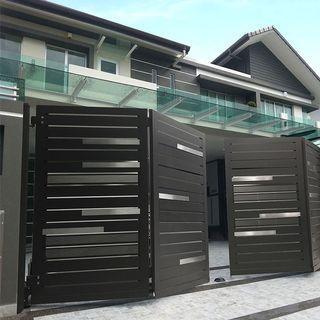How To DIY Your Own Kitchen Cabinets

Unless it was you who designed your kitchen from scratch, with all cabinet layout customized, it’s probably not perfect for all your kitchen needs. However, installing new cabinets can definitely eat up a significant amount of your budget when you consider its remodeling, redesigning, measurements, and other adjustments.
Fortunately, there’s quite a good amount of quick DIY ways you can try (even if you have zero to little knowledge about hardware) that can make the most out of your rusty old kitchen cabinets.
Give your home a little makeover by turning a seemingly old and odd-looking kitchen into the kitchen of your dreams. Here’s how to DIY your own kitchen cabinets:
Build The Cabinet Carcass
A kitchen cabinet or carcass is a wooden box built to provide storage in the kitchen. It’s the main part of a cabinet that helps enclose and hold everything together. This is a base cabinet, so make sure to measure about 34 ½ inches in height and are 24 inches in depth for the kitchen, as this is the universal measurement of kitchen cabinet bases.
The kitchen cabinet or carcass is actually very easy to make, which is why it’s always the first step in DIY-ing kitchen cabinets. All you have to do is cut a piece of plywood with either a table or circular saw. Each board is then attached to each other through pocket holes. Learning how to make kitchen cabinets - or boards for this matter - may be a lot to take in at first, but once you get the hang of it, you’ll actually be able to build cabinets (not just for the kitchen) in no time!
Make The Face Frame
The frontmost part of the carcass is then combined with a face frame. This face frame goes around the perimeter of a cabinet that outlines doors and drawers. Like carcasses, face frames are also made out of boards that are about ¾ inches thick by 1 and ½ in width. Face frames and boards are easily connected by using a screw and wood glues.
Build Doors and Drawers
Next, start building drawers and doors! Make sure to accurately measure the height and width of your desired kitchen cabinet. Don’t forget that it has to fit right into the initial frame or foundation you built. Also, the plywood should be able to slide down the slot. If not, you’re going to have a hard time in the long run. Finally, install drawers by adding in drawer slides on each side of the drawer.
Paint
Now we’re down to painting! Make sure to choose the right colors, though, and try sticking with timeless colors as it can get quite challenging to keep changing your kitchen cabinets and drawers’ color every now and then. Make sure to first apply at least two coats of a water-based painting primer, then sand the cabinets once they’ve completely dried up. After that, you can now apply at least three of four coats of cabinet paint.
Add Hardware Finishes
Who could even forget adding finishing touches on your kitchen cabinets? Before completely using and putting these into action, make sure you look through different types of hardware finishes - one that complements the whole look of your kitchen while still maintaining its functionality.
The kitchen area - next to the bathroom - frequently gets splashes because of cooking and washing the dishes. Fortunately, we have Stainless 304 Concealed Hinges, which, from the term itself, are concealed hinges that remain brand new-looking and rust-free despite the occasional splashes around the kitchen area. I mean, who would even want a kitchen with rusty, old hinges and other finishes, right?
Other than hinges, we also have stainless kitchen handles perfect for your newly-built and freshly-painted cabinets and drawers. Choose between silver or black, depending on which ones complement your kitchen layout most.
As we said, remodeling your kitchen and DIY-ing cabinets and drawers is no easy feat. But, once you get the hang of it, you’ll be able to seamlessly recreate more drawers and cabinets in no time! Have fun DIY-ing!


